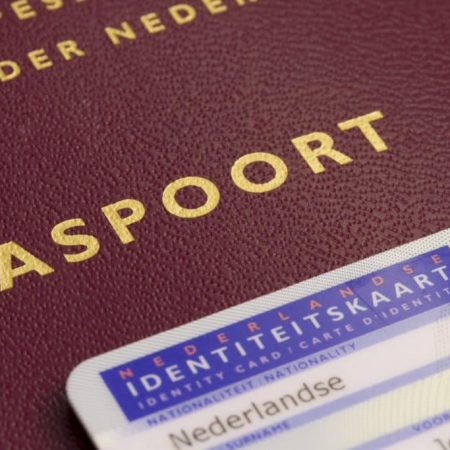Explainer: What is a biometric passport?
Also called ePassports or digital passports, biometric passports differ from older types of IDs in that they have an embedded microchip that holds users’ personal information, including biometrics.
Currently, the standardized information held in biometric passports relate to unique biometrics of the passport holder such as face, fingerprint or iris data. The specific types of biometric data depend on the country issuing the document.
Malaysia was the first country to issue biometric passports, starting in 1998. ePassports were first launched in the U.S. in 2006 and became the national standard in August 2007.
Biometric passports’ document and chip characteristics are outlined by the International Civil Aviation Organization (ICAO) in Doc 9303.
How does a biometric passport work?
At a basic level, biometric sensors and scanners analyze physical characteristics unique to each individual, such as the patterns in irises and fingerprints. Details from these characteristics can be quantified. For instance, for face biometrics, the distance between a person’s eyes, nose, mouth, and ears.
The Radio Frequency Identification (RFID) chip in an ePassport stores a unique number that refers back to an individual’s biometric data.
This information is then matched by biometric and other computer systems with the digital photograph supplied when applying for a passport to authenticate individuals as they travel between countries.
From a practical standpoint, RFID technologies also allow customs and border protection officers to access information on a traveler in advance of their arrival at the inspection booth, thus speeding up the identification process.
For context, the RFID chips in biometric passports have sometimes been associated with security concerns, as their information can be potentially captured by malicious actors using RFID scanners.
However, it is important to note here that the RFID chip embedded in biometric passports does not include any personally identifying information (PII).
For passports issued by participating jurisdictions, the data stored on the chip is authenticated through ICAO-operated public key infrastructure (PKI). There were 83 jurisdictions participating in ICAO’s Public Key Directory as of July 1, 2022, and dozens more countries issuing biometric passports.
Instead, it simply stores a unique number that is associated with a record that has been stored in a secure government database. Biographic data such as name and date of birth are easily read with other scanners on the passport photo page, in the bottom section broken up <<with<lots<<<<of<<<characters.







